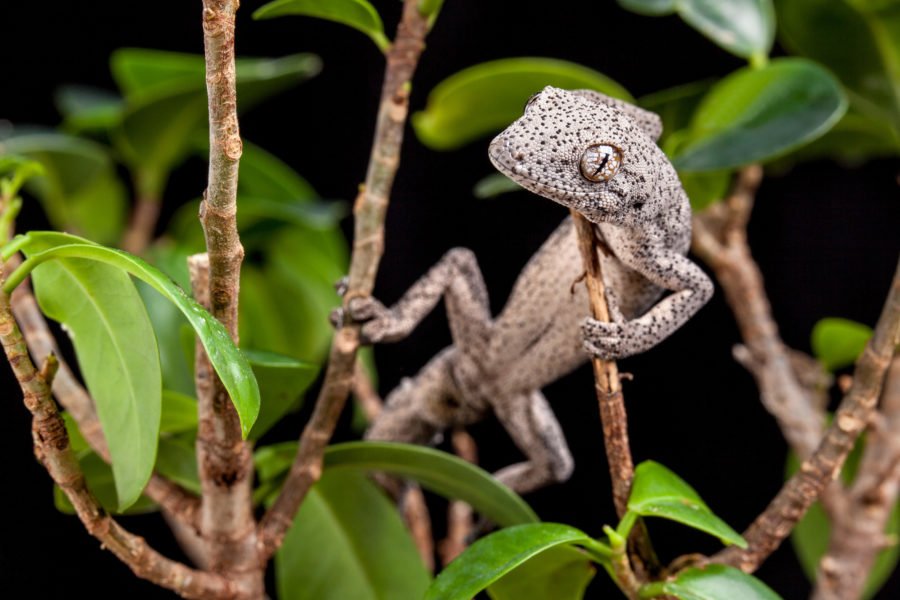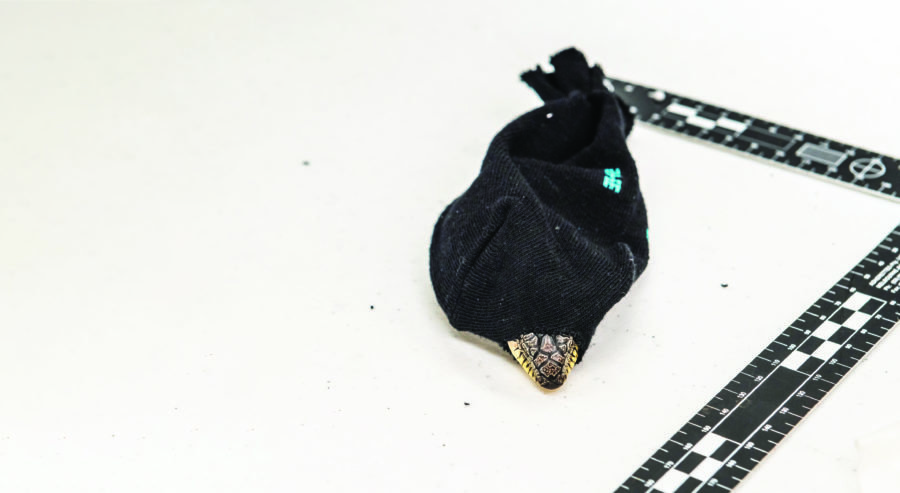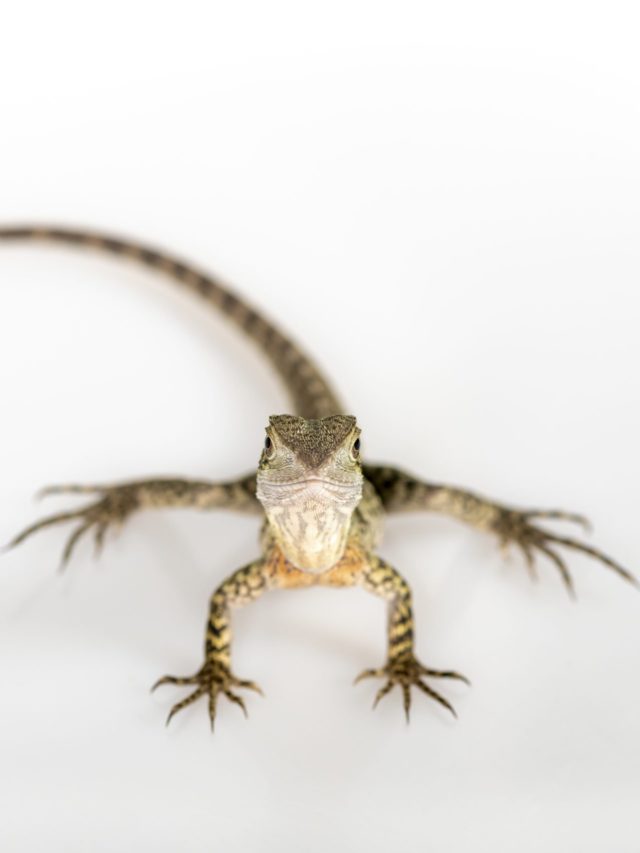Australian Government adds 127 native reptiles to international anti-wildlife trafficking treaty

Australia’s spiny-tailed gecko is known for the distinct row of spines along its tail, but many also have two large spikes just above the eyes that look like spectacular eyelashes.
However, it is these striking features that, devastatingly, make the native reptiles a popular pet and a prime target for the cruel and lucrative trade of wildlife trafficking.
This is why the spiny-tailed gecko is one of 127 native reptile species recently recommended by the Australian Government to be included in the Convention on International Trade in Endangered Species of Wild Fauna and Flora (CITES) list.
CITES is an international agreement between nations – first formed in the 1970s – to ensure the survival of the world’s endangered species.
Governments signed up to the treaty guarantee to ensure all import and export of species covered by the Convention are subject to strict controls, including authorisation through a unique licensing system.
Other iconic Australian species to be added to the list include the water dragon, and the shingleback and pygmy blue-tongue lizard.
“I stress very clearly that it is already a crime under Australian Law to export these animals without specialised permits,” says Minister for the Environment, Sussan Ley.
Ms Ley says this listing will “secure additional international support for their protection.”
“Sadly, our reptiles have become a major international target. This sort of smuggling is cruel and abhorrent.”

The Department of Environment, Land, Water and Planning’s chief conservation regulator, Kate Gavens, believes many Australians might be unaware of how prolific the wildlife trade is in Australia, or how they can help fight the problem.
“Australians have a really critical role to play in helping us identify potential illegal trading,” Kate says.
“For example, members of the public who are out in our forests might see people carrying egg cartons or nets, which is valuable information to pass on to Crime Stoppers.”
Kate also advises, if purchasing a reptile as a pet, look at the overall condition of the animal. Signs such as lethargy or ticks indicate the animal could have come from the wild.
“If you’re looking to buy a lizard or a snake as a pet, one of the key things is to make sure that the person you’re buying it from is licensed and can show you proof of a licence,” Kate says.
Matthew Swan, wildlife compliance coordinator at the WA Department of Biodiversity, Conservation and Attractions, agrees.
“The people at the top of the wildlife trade do not care about the welfare of the animals; they are only interested in the dollars at the end of the day,” he says. “Please go to a reputable source for your reptiles because there are people out there who will rip you off.”



